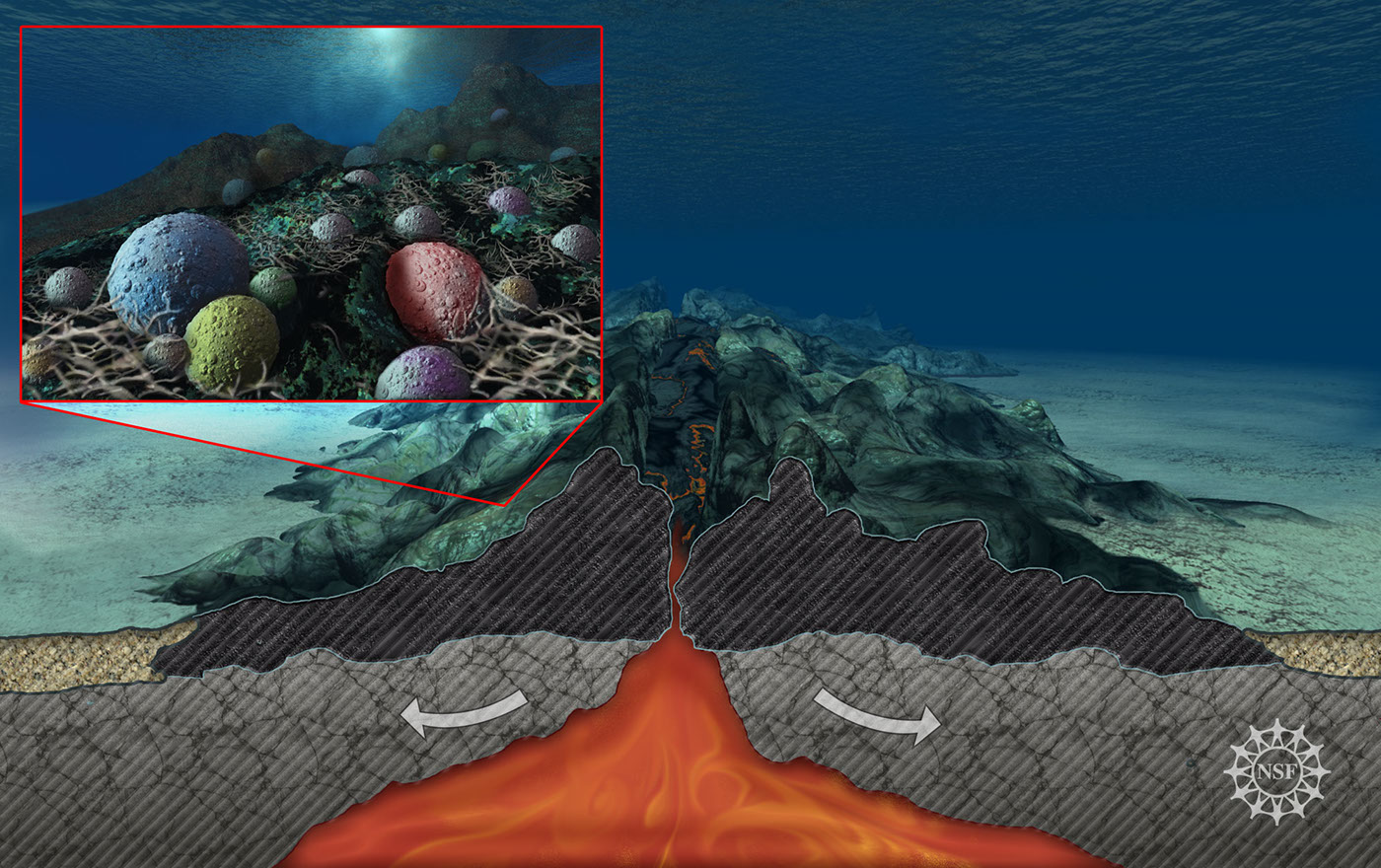
A cut-away showing the layer of permafrost beneath the surface of arctic tundra, and the short root systems plants have to survive.

Microbes have been found living in the most extreme, strange environments. In Yellowstone microbes thrive in hotsprings.

Microbes were discovered along the spreading Eastern Pacific Ridge that 'eat' the basalt rock they live on.

Earthquakes occur where 2 tectonic plates jam together, with one trying to slide over the other. Ultimately, they 'give', sending shockwaves. If the epicenter happens to be underwater, tsunamis result. The Sumatran earthquakes in 2004 and 2005 had very different results, with 2004 resulting in a tsunami that leveled shores thousands of miles away, while the 2005 quake was only felt regionally. Scientists determined that the sediments were the key difference in the 2 epicenters, less than 100 miles apart.

Basalt outcrops have recently been discovered that act as vents, facilitating the underground movement of sea water over distances of at least 50km (~20mi). Although sea vents have been discovered before, this is the first time that an intake vent has been found, indicating that sea water does not go through the sediment layer as others have theorized. The upper mantle exchanges heat with the underground sea water.

Melting Glaciers

